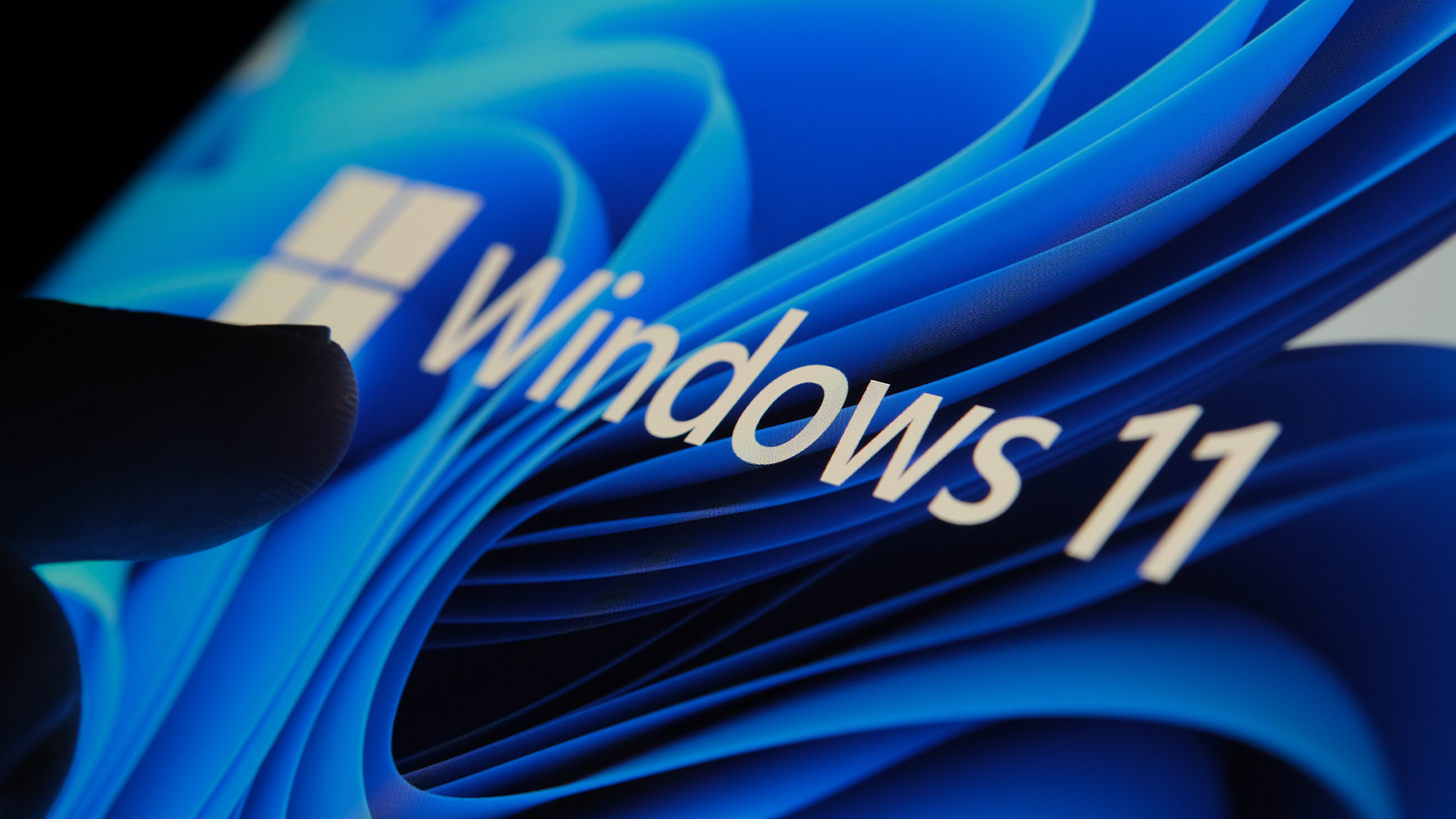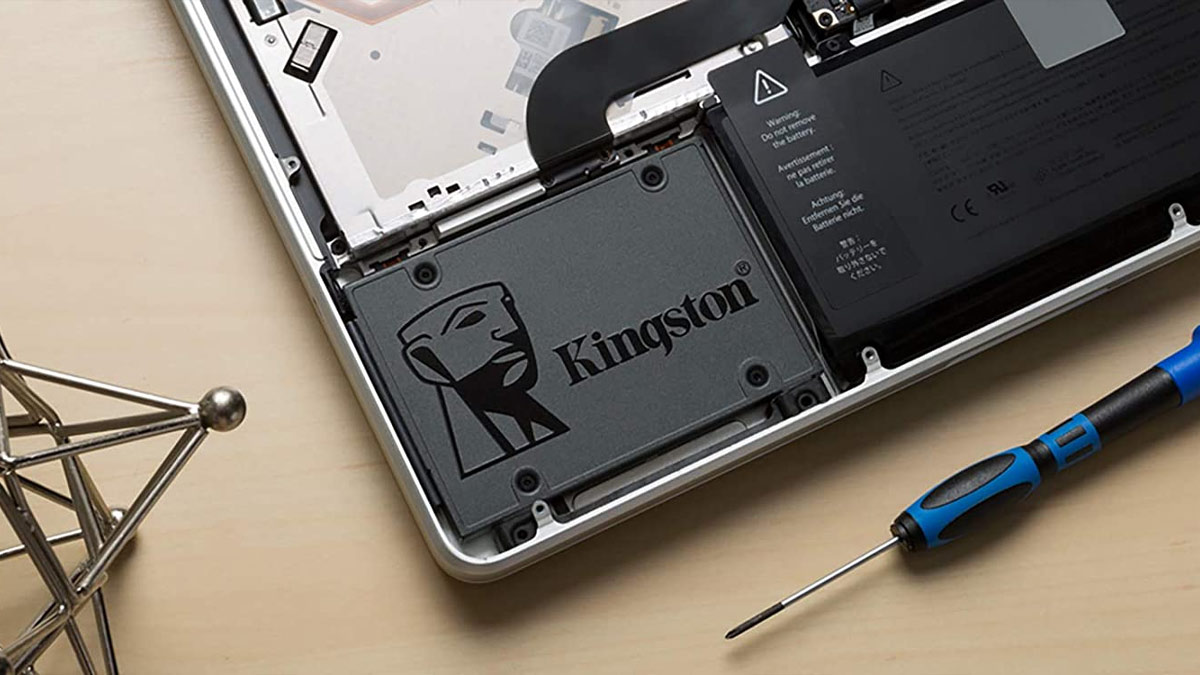#How to Watch and Why It Matters

Table of Contents
“How to Watch and Why It Matters”

Following years of delays, NASA’s Artemis 1 mission to test the Space Launch System and Orion spacecraft is happening soon. Here’s how to watch it, and why it matters.
When Is the Artemis 1 Test?
NASA plans to fly the Space Launch System rocket sometime in a two-hour window on Monday, August 29, 2022. The flight window opens at 8:33 AM Eastern Time (click here for more time zones). Even though the actual launch won’t happen until Monday, NASA will start the countdown on Saturday, August 27 at 10:23 AM.
The test flight will start from Launch Pad 39B at the Kennedy Space Center in Florida. Space launches are dependent on thousands of factors, including weather conditions, so it’s possible NASA could scrub the test flight at the last minute.
How to Watch the Artemis 1 Test
Live coverage of the Artemis 1 test and launch will be available on the NASA television channel, the NASA app, the agency’s website, and the NASA YouTube channel. It’s completely free to watch, with no subscription required.
NASA TV is also listed on some cable and satellite TV services — it’s channel 352 on DirecTV, and channel 286 on Dish. That might be the best way to watch if your internet connection is unreliable, or if you don’t have a streaming device set up on your main TV.
What Is NASA Testing?
Artemis 1 is the first test flight for the ‘Space Launch System,’ the latest super-heavy launch vehicle designed by United States. It will also be the first full flight for the Orion spacecraft, which sits on top of the rocket. Artemis 1 is uncrewed — there are no people onboard. If everything goes according to plan, the follow-up Artemis 2 mission will have a full crew. This mission will take the Orion spacecraft to lunar orbit and back to Earth.
The last crewed flight to the Moon (also the last time humans went beyond low Earth orbit) was Apollo 17 in December 1972. NASA has been planning new crewed Moon missions for the past two decades, starting with the Constellation program in 2005 under then-President George W. Bush. Constellation aimed to develop new rockets that could take people to the International Space Station, the Moon, and eventually Mars. The plan involved two rockets, the Ares I and Ares V, but after President Obama signed the NASA Authorization Act of 2010, the rockets were cancelled and reworked into a different design.
The Space Launch System is akin to the Saturn V rocket that sent humans to the Moon in the 1960s and 1970s. It’s the official successor to the Space Shuttle, which was retired in 2011, and the SLS is based on the Space Shuttle’s design. Unfortunately, that’s also the reason the SLS is not reusable at all and has a high price tag — reports in 2019 indicated it would cost $2 billion per launch, at least at the start.
Artemis 1 will also test the Orion spacecraft, which sits at the top of the rocket and will carry 2-6 people. Orion serves the same purpose as the Apollo command and service module (CSM), and the crew module lands in the ocean when returning to Earth, just like Apollo. However, it has many modern features, like the ability to dock with the International Space Station (or potentially other targets) without human assistance.
Orion has already been tested a few times without the Space Launch System, each time without a human crew. Exploration Flight Test-1 in 2014 launched Orion from a Delta IV rocket, and tested Orion’s separation, heat shields, parachutes, and other components. Artemis 1 is the first time Orion will be attached to its intended rocket.
The test is an important milestone towards sending humans back to the Moon. Unlike the quick trips from the Apollo days, NASA wants to establish a “long-term sustainable presence on the Moon,” with a base on the surface and a “Gateway” space station in orbit. Those missions could also lead to the first crewed mission to Mars.
Source: NASA
If you liked the article, do not forget to share it with your friends. Follow us on Google News too, click on the star and choose us from your favorites.
For forums sites go to Forum.BuradaBiliyorum.Com
If you want to read more like this article, you can visit our Technology category.



